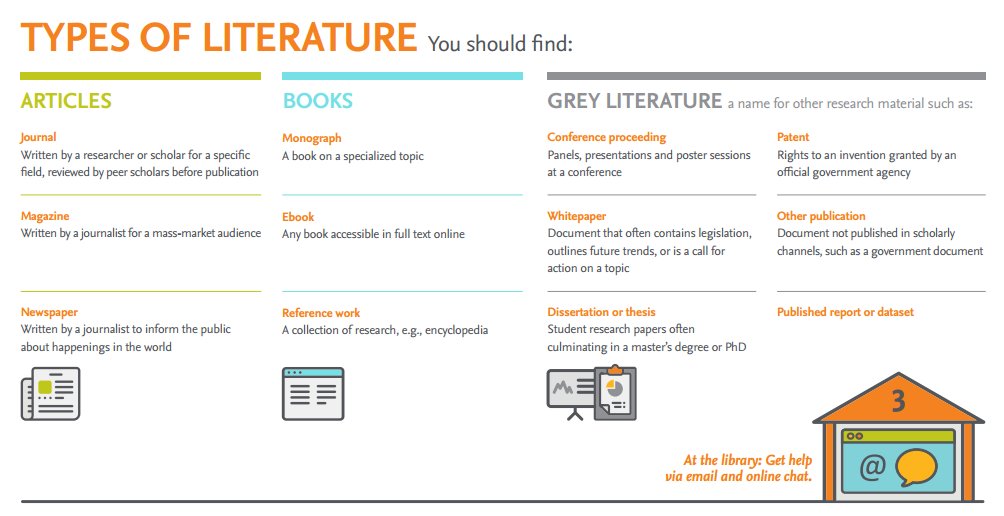Grey Literature
Introduction to Grey Literature
You are currently in the module on "Grey Literature" in a larger tutorial. Each research tutorial includes modules of topics related to the overall tutorial learning objectives. Please go through all the pages in this module by clicking on the “Next” button on the bottom of the page in order to progress. If you would like to track your progress, be sure to log in with your UNCG credentials at the top right of the module. Each module includes Quick Checks on every page. These Quick Checks do not produce a certificate; they are optional and do not track your progress. Certificates are created by completing a whole tutorial (not one module), so be sure to complete all the modules within a tutorial in order to generate a certificate. You can also take a screenshot of your progress page.
UNCG Libraries Research Tutorials Help
Time needed to complete this module: 15 minutes

Image from ScienceDirect on Twitter
Learning Objectives:
- Define grey literature.
- Determine when it is appropriate to use grey literature.
- Create search strategies for finding grey literature.

Image from Grey Literature Blog Post, Jennifer Baguss
Grey literature can take many forms, and it is sometimes difficult to determine exactly what constitutes grey literature. Generally, the term is used to describe any information that has not been commercially published like peer-reviewed journal articles or books.
This can include, but is not limited to:
- Government reports
- Conference proceedings
- Dissertations and theses
- Policy documents
- Unpublished trial data
Quick Check: